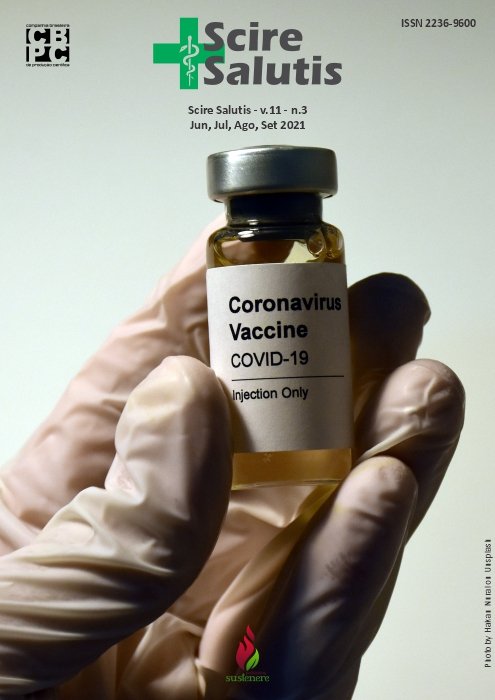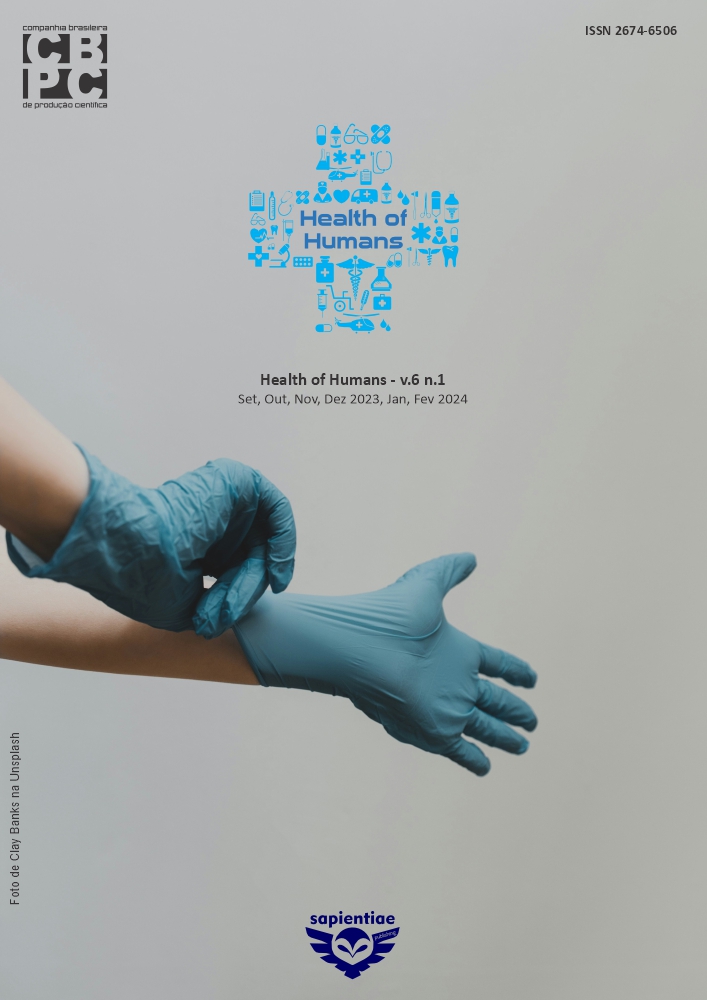Nursing care in the prevention of ventilator-associated pneumonia: an integrative review
DOI:
https://doi.org/10.6008/CBPC2236-9600.2021.003.0001Keywords:
Nursing Care, Mechanical Ventilation Associated Pneumonia, Oral hygieneAbstract
Usually nosocomial pneumonias develop due to the aspiration of microorganisms that colonize the oropharynx and upper gastrointestinal tract, patients admitted to the ICU are physically weakened as a result of the trauma or pathological process suffered, making their organic defenses difficult. To identify in the literature which prevention is necessary to avoid Ventilator-Associated Pneumonia (VAP) in patients hospitalized in Intensive Care Units. This is an integrative review carried out in the Scielo and CAPES databases with the descriptors: nursing care, ventilator-associated pneumonia, oral hygiene, published from 2012 to 2020. Nursing care was identified as elevated decubitus between 30 -40º; oral hygiene with 0.12% chlorhexidine; airway aspirations; cuff pressure assessment; care of ventilator circuits. The elevation of the patient's position was present in all studies surveyed, as well as oral hygiene, aspiration and evaluation of sedation, the eligible studies show that the data are similar to those demonstrated by the ANVISA protocols. Nursing practices in the prevention of Ventilator-Associated Pneumonia are of paramount importance for the continuous training of nursing professionals, and it is necessary to include bundle scales, standard operating protocols (POP) in the routine, always renewing and expanding their permanent knowledge e to understand the best care applied to each patient.
Downloads
Downloads
Published
Issue
Section
License
Copyright (c) 2021 Scire Salutis

This work is licensed under a Creative Commons Attribution-NonCommercial-NoDerivatives 4.0 International License.
The CBPC - Companhia Brasileira de Produção Científica (Brazil CNPJ: 11.221.422/0001-03) the material rights of the published works. The rights relate to the publication of the work anywhere in the world, including rights to renewals, expansions and dissemination of the contribution, as well as other subsidiary rights. All electronically published works may subsequently be published in printed collections under the coordination of this company and / or its partners. The authors preserve the copyright, but are not allowed to publish the contribution in another medium, printed or digital, in Portuguese or in translation.








